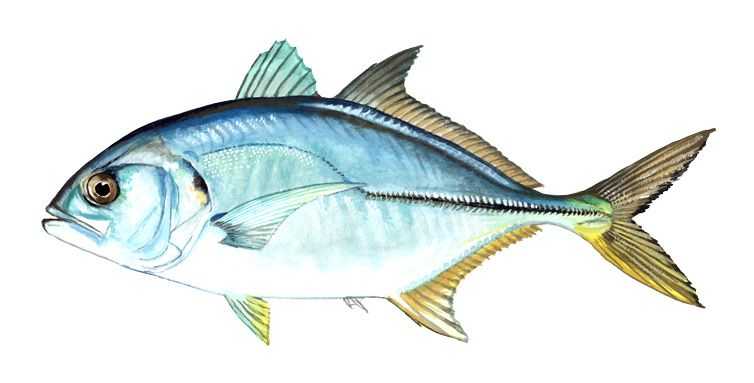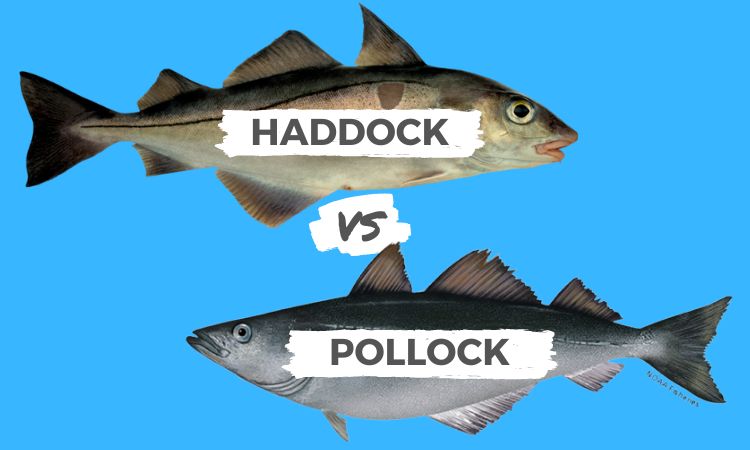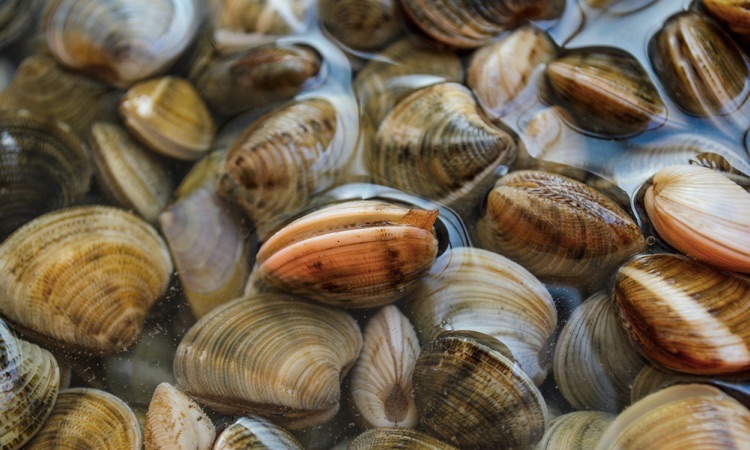People often pose the question, ‘are there penguins in Alaska?’ In a nutshell, no penguins can be found in the state of Alaska.
Their native habitats are limited to countries located exclusively in the southern hemisphere. The majority of penguin populations inhabit Antarctica as well as other states like New Zealand and South Africa.
Although 18 different species of penguins reside in various parts of the world, only eight can be found around Antarctica. The rest inhabit a wide variety of regions including South Africa, Australia, Argentina and the Galapagos Islands.
Ever wondered why there are no penguins in Alaska despite the similarly wintry climates? Read on to learn more.
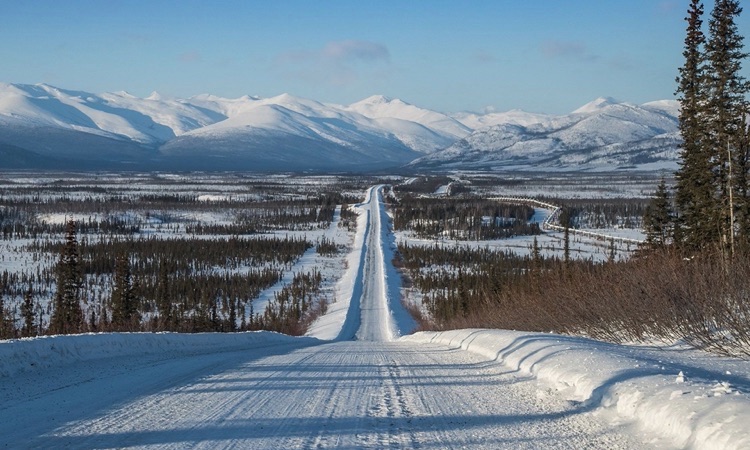
Food
Penguins are dependent on cold ocean currents to bring them an abundance of fish and krill to eat. These currents are not present in the waters around Alaska, which are too warm for penguins’ food sources.
Additionally, Alaska’s coastal waters are not as productive as the southern hemisphere waters, where penguins are native.
Fish and krill populations are much more abundant in the southern hemisphere. Due to this reason, it is unlikely that penguins would be able to find enough food to survive in Alaska.
Adaptation
Penguins have survived and thrived in the chilliest of climates. Yet even those species close to the warmer equator, like the Galápagos Penguins, struggle to breed if temperatures get too hot.
Over time these penguins evolved lighter plumage, taking refuge by nesting in caves or burrows that protect their chicks from predators.
Packed with a hefty layer of feathers and fat, migrating from one frigid area to another can be difficult for penguins like the emperor species. This is also why they naturally inhabit and breed in the southern hemisphere.
For emperor penguins to thrive and successfully breed, they require expansive habitats with unique temperatures. Furthermore, these majestic creatures assemble in large colonies near nutrient-rich beaches that offer the ideal environment for raising their young ones.
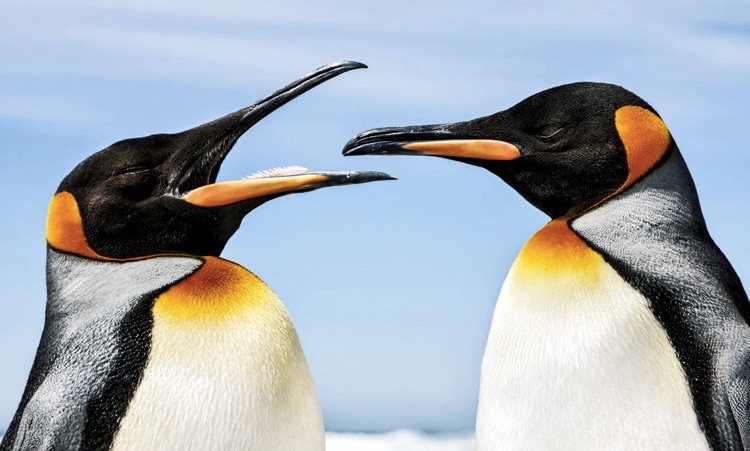
Presence of Predators
Alaska is home to a unique predator not native to the southern hemisphere, namely, bears. Polar bears, in particular, have made it difficult for penguins to thrive in this Arctic region.
Any attempts at breeding colonies during the early 20th century proved fruitless as these birds were unable to withstand their predatory presence and perished before they could establish themselves.
Penguins have been able to thrive in the southern hemisphere due to their fewer natural predators like foxes, wolves and sharks compared to those found in the northern region. Bears, for example, are a much more common predator north of the equator. This makes survival a bit tougher there for penguins.
Penguin populations, if introduced to the northern hemisphere, would be ill-prepared to face unfamiliar predators that are native to the region.
This is why any prior attempts at establishing penguin colonies in Arctic regions have been unsuccessful. Without a natural resistance and defense against these new threats, their presence would soon be wiped out.
Difficult Migration Conditions
The Arctic region of the northern and southern hemispheres has less-than-ideal weather conditions, making it an unlikely destination for penguins to migrate.
The water isn’t cold enough between the two regions to make it possible for penguins to swim and migrate. Coupled with their inability to fly means that they simply cannot be found in the northern hemisphere.
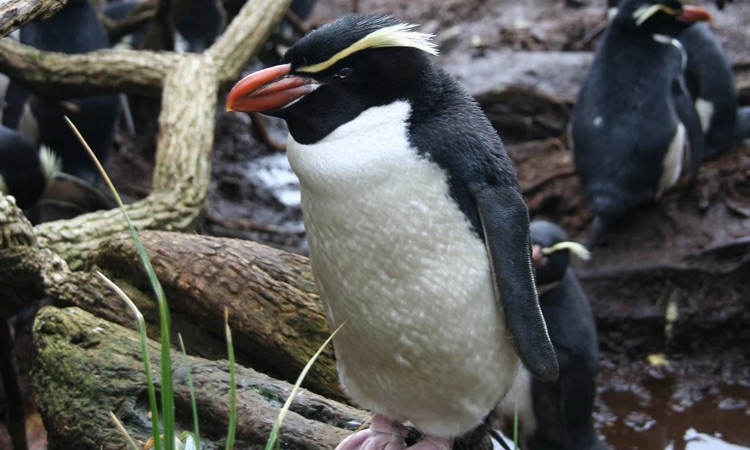
Related Questions
In Summary
In conclusion, there are several explanations as to why penguins have not made their way into Alaska.
Evolutionary and climate-related factors rendered the northern hemisphere inhospitable to these animals. Even attempts at establishing a colony of penguins in this arctic region have been futile due to both potential predators and less than ideal living conditions for them.
To experience penguins in Alaska, you would require a zoo to display them as a result of conservation efforts. In 1972, international regulations made it illegal to move penguins from South America and transport them up into North American zoo’s.
Since then, the zoo’s have vigilantly sustained a healthy penguin population by monitoring their breeds and transferring them regularly between different institutions in order to avoid any chances of inbreeding.
Current research indicates that global warming is creating increasingly adverse conditions for penguins, even in the Antarctic regions.
To ensure their chicks are adequately fed and to find suitable breeding grounds, King Penguins may need to traverse greater distances or take up residence further southward. Unfortunately, it’s unlikely enough temperatures exist in Alaska for them to remain there permanently.

